LYL 183 Reference Links:
LYL 184 Episode: https://www.youtube.com/watch?v=iUhXZohrNn0
Tuesday, Feb 4th, 2025
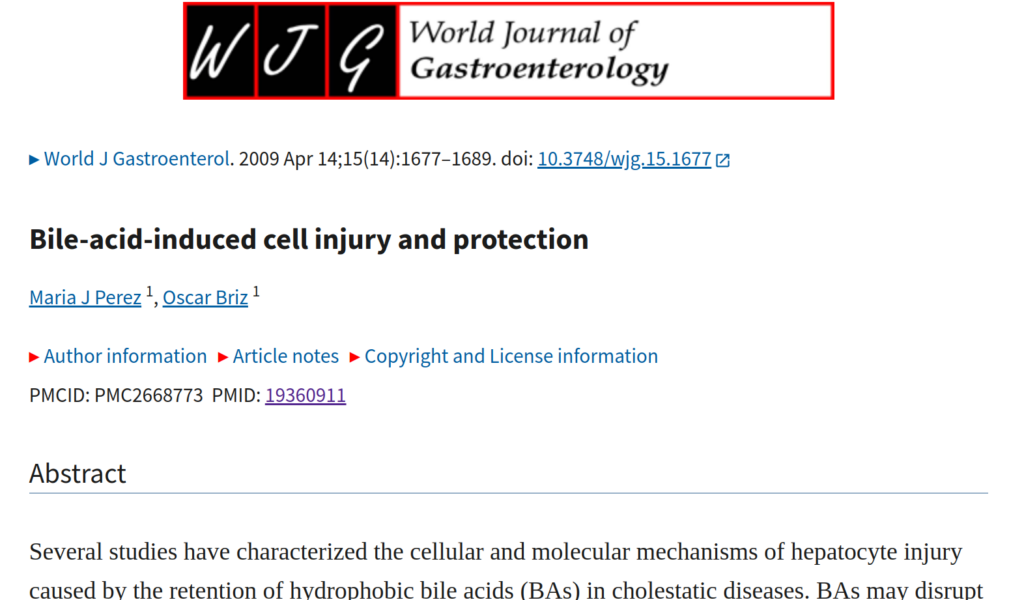
Bile-acid-induced cell injury and protection – PMC: https://pmc.ncbi.nlm.nih.gov/articles/PMC2668773/


https://pmc.ncbi.nlm.nih.gov/articles/PMC7812903

Overview of bile acid signaling in the cardiovascular system – PMC: https://pmc.ncbi.nlm.nih.gov/articles/PMC7812903/
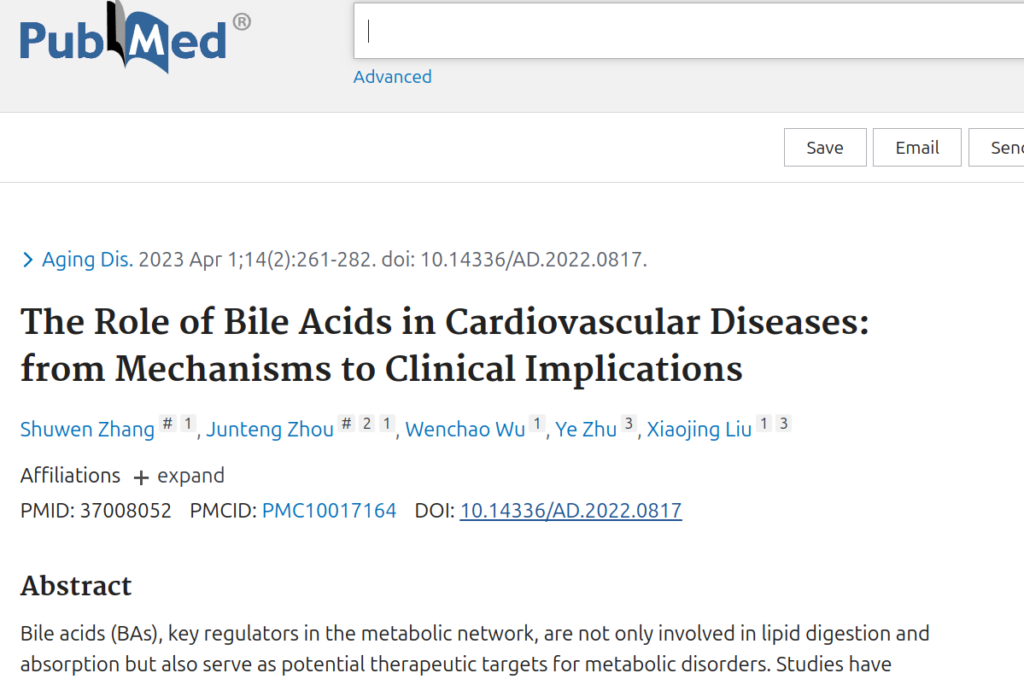
The Role of Bile Acids in Cardiovascular Diseases: from Mechanisms to Clinical Implications – PubMed: https://pubmed.ncbi.nlm.nih.gov/37008052/

Hint words of toxicity: Abnormal pathways, homeostasis, “signaling”, mediating, differentiation.

Effect of Bile Acid Sequestrants on the Risk of Cardiovascular Events: A Mendelian Randomization Analysis – PubMed: https://pubmed.ncbi.nlm.nih.gov/26043746/


The adsorption of bile salts on activated carbon – PubMed: https://pubmed.ncbi.nlm.nih.gov/7392829/


Effect of activated charcoal on hypercholesterolaemia – PubMed: https://pubmed.ncbi.nlm.nih.gov/2874369/


Activated charcoal in the treatment of hypercholesterolaemia: dose-response relationships and comparison with cholestyramine – PubMed: https://pubmed.ncbi.nlm.nih.gov/2612535/


Nutrition and Gastrointestinal Microbiota, Microbial-Derived Secondary Bile Acids, and Cardiovascular Disease – PubMed: https://pubmed.ncbi.nlm.nih.gov/32681421/

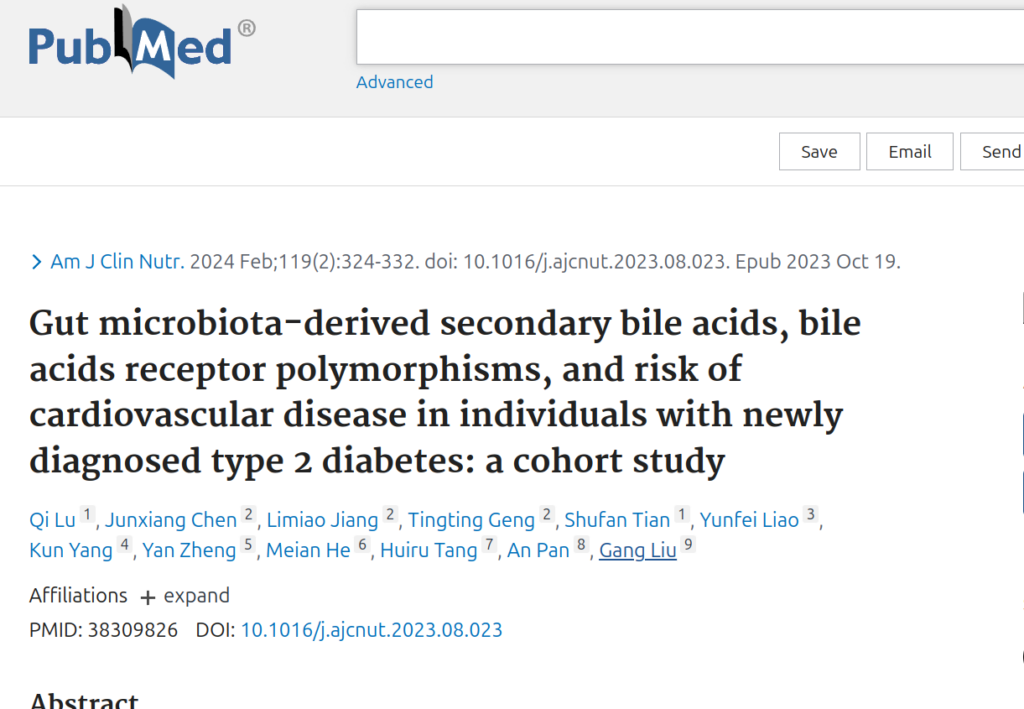
Gut microbiota-derived secondary bile acids, bile acids receptor polymorphisms, and risk of cardiovascular disease in individuals with newly diagnosed type 2 diabetes: a cohort study – PubMed: https://pubmed.ncbi.nlm.nih.gov/38309826/



Gut microbiome-derived secondary bile acids: therapeutic targets for reducing cardiovascular disease in type 2 diabetes? – PubMed: https://pubmed.ncbi.nlm.nih.gov/38309821/

Role of the Gut Microbiome in the Development of Atherosclerotic Cardiovascular Disease – PMC: https://pmc.ncbi.nlm.nih.gov/articles/PMC10051145/

Increased dietary intake of vitamin A promotes aortic valve calcification in vivo – PubMed: https://pubmed.ncbi.nlm.nih.gov/23202364/




The role of β-carotene and vitamin A in atherogenesis: Evidences from preclinical and clinical studies – PubMed: https://pubmed.ncbi.nlm.nih.gov/31978554/


Early inhibition of endothelial retinoid uptake upon myocardial infarction restores cardiac function and prevents cell, tissue, and animal death – PubMed: https://pubmed.ncbi.nlm.nih.gov/30472251/

(48) Mike Roberto on X: “BREAKING: Vitamin A “Deficient” Mice Recover BETTER From HEART ATTACKS! This post exposes some potential researcher lies, too. Let’s dig in: This study used LRAT-/- mice, which prevents normal Vitamin A storage. They were fed a standard chow diet, then at 18-21 weeks old, mice https://t.co/1WGk31DM4r” / X: https://x.com/MicroBerto/status/1880390430543720605








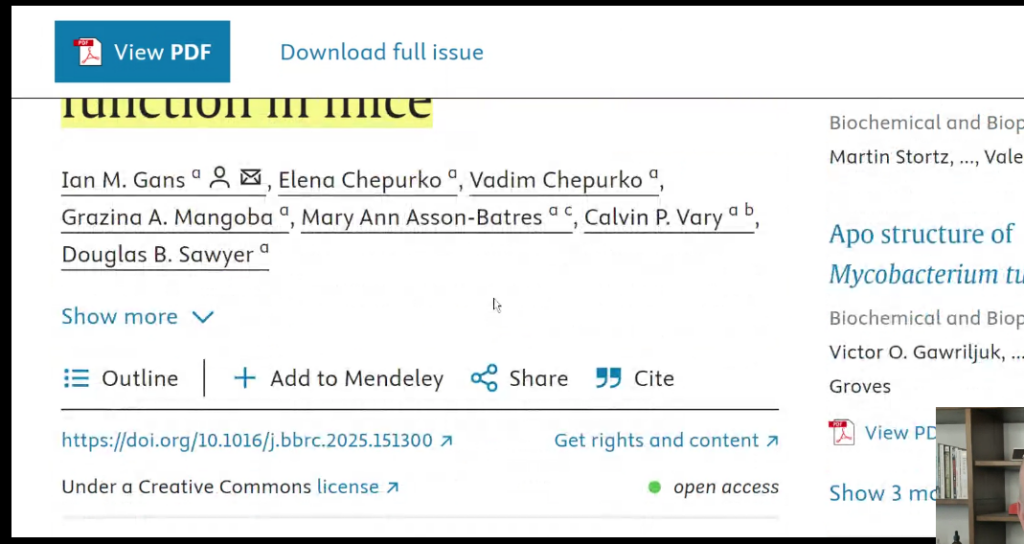
Vitamin A deficiency and male-specific effects on heart function in mice
https://www.sciencedirect.com/science/article/pii/S0006291X25000142
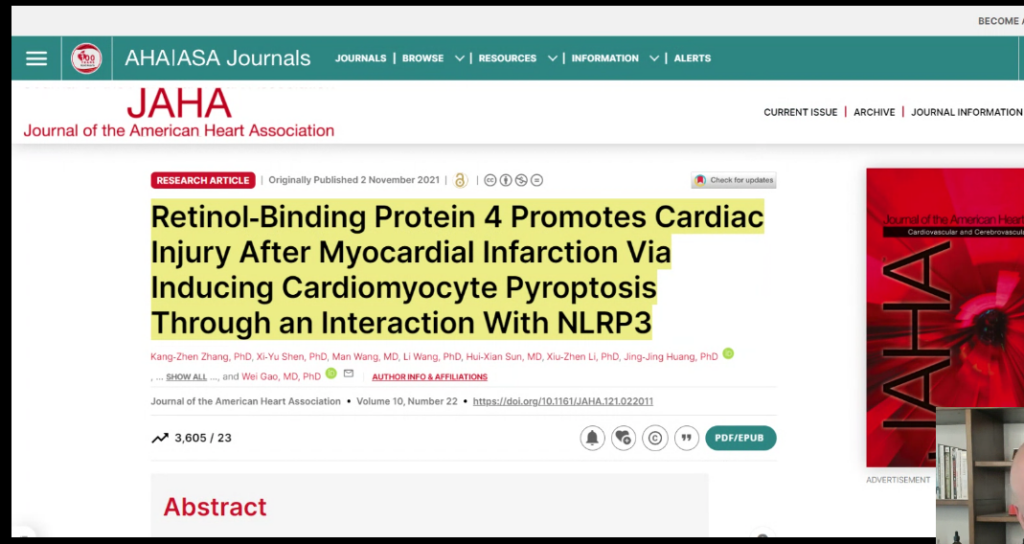
Retinol‐Binding Protein 4 Promotes Cardiac Injury After Myocardial Infarction Via Inducing Cardiomyocyte Pyroptosis Through an Interaction With NLRP3 | Journal of the American Heart Association: https://www.ahajournals.org/doi/10.1161/JAHA.121.022011



Serum levels of retinol-binding protein-4 are associated with the presence and severity of coronary artery disease – PubMed: https://pubmed.ncbi.nlm.nih.gov/25142320/



Increased plasma retinol binding protein 4 levels in patients with inflammatory cardiomyopathy – PubMed: https://pubmed.ncbi.nlm.nih.gov/19926600/


A novel mouse model of heart failure with preserved ejection fraction after chronic kidney disease induced by retinol through JAK/STAT pathway – PubMed: https://pubmed.ncbi.nlm.nih.gov/37564202/





Circulating copper levels and the risk of cardio-cerebrovascular diseases and cardiovascular and all-cause mortality: A systematic review and meta-analysis of longitudinal studies – PubMed: https://pubmed.ncbi.nlm.nih.gov/37852312/

Association of serum copper (Cu) with cardiovascular mortality and all-cause mortality in a general population: a prospective cohort study – PMC: https://pmc.ncbi.nlm.nih.gov/articles/PMC10621106/


Serum copper levels and risk of major adverse cardiovascular events: a systematic review and meta-analysis – PMC: https://pmc.ncbi.nlm.nih.gov/articles/PMC10333529/

Relationship of serum ferritin with cardiovascular risk factors and inflammation in young men and women – PubMed: https://pubmed.ncbi.nlm.nih.gov/12208485/

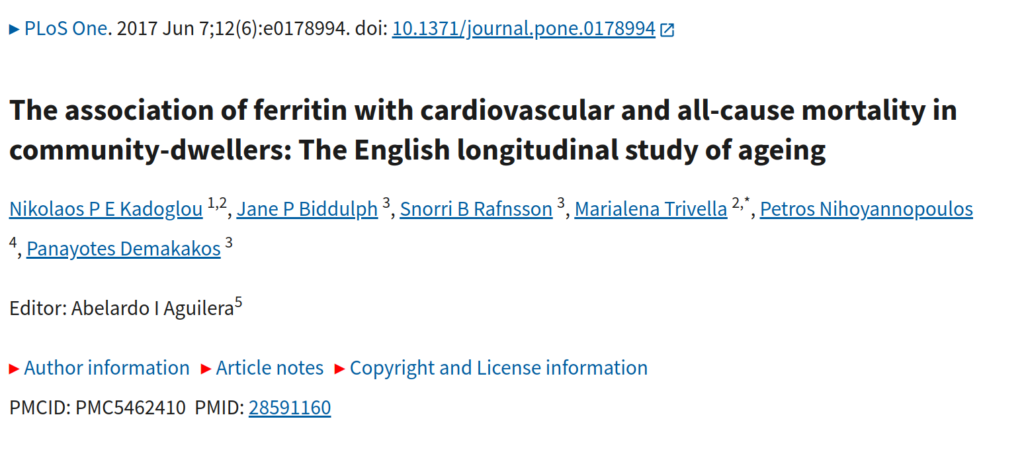
The association of ferritin with cardiovascular and all-cause mortality in community-dwellers: The English longitudinal study of ageing – PMC: https://pmc.ncbi.nlm.nih.gov/articles/PMC5462410/
Explains under types…





Ferritin, inflammation, and iron deficiency in acute heart failure: evidence from the EDIFICA cohort – PubMed: https://pubmed.ncbi.nlm.nih.gov/39297941/



Ferritin levels and risk of heart failure – the Atherosclerosis Risk in Communities Study – PMC: https://pmc.ncbi.nlm.nih.gov/articles/PMC5334451/


A Comprehensive Review on Serum Ferritin as a Prognostic Marker in Intensive Care Units: Insights Into Ischemic Heart Disease – PMC: https://pmc.ncbi.nlm.nih.gov/articles/PMC11061809/


Cardiovascular Toxicities Upon Manganese Exposure – PMC: https://pmc.ncbi.nlm.nih.gov/articles/PMC3980854/



The role of aldehyde dehydrogenase 2 in cardiovascular disease – PubMed: https://pubmed.ncbi.nlm.nih.gov/36781974/



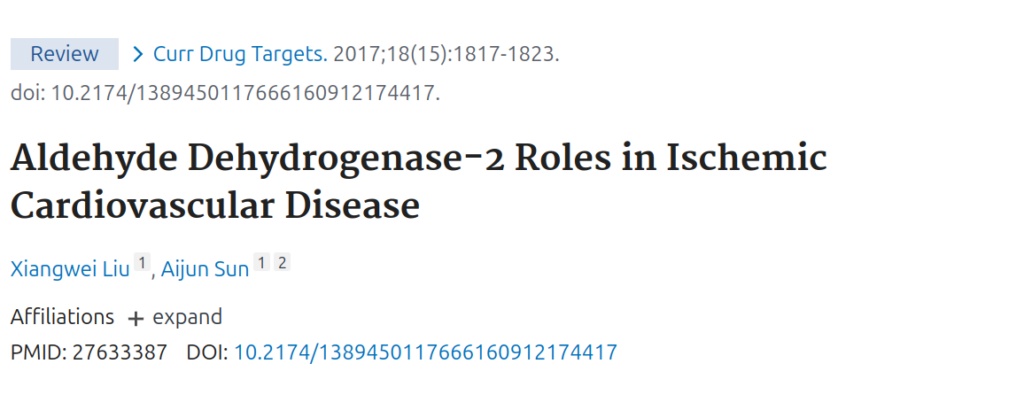
Aldehyde Dehydrogenase-2 Roles in Ischemic Cardiovascular Disease – PubMed: https://pubmed.ncbi.nlm.nih.gov/27633387/


Aldehyde dehydrogenase 2 rs671 a/A Genotype is Associated with an Increased Risk of Early Onset Coronary Artery Stenosis – PMC: https://pmc.ncbi.nlm.nih.gov/articles/PMC11134060/


Aldehyde dehydrogenase 2 activation in heart failure restores mitochondrial function and improves ventricular function and remodelling – PubMed: https://pubmed.ncbi.nlm.nih.gov/24817685/


Serum malondialdehyde-modified low-density lipoprotein levels on admission predict prognosis in patients with acute coronary syndrome undergoing percutaneous coronary intervention – PubMed: https://pubmed.ncbi.nlm.nih.gov/30898480/



Serum malondialdehyde and prevalent cardiovascular disease in hemodialysis – PubMed: https://pubmed.ncbi.nlm.nih.gov/10469377/




Magnesium and Cardiovascular Disease – PubMed: https://pubmed.ncbi.nlm.nih.gov/29793664/



Magnesium Show #125 https://www.youtube.com/watch?v=zNGGUHoAmm8

Magnesium for the prevention and treatment of cardiovascular disease – PMC: https://pmc.ncbi.nlm.nih.gov/articles/PMC6045762/




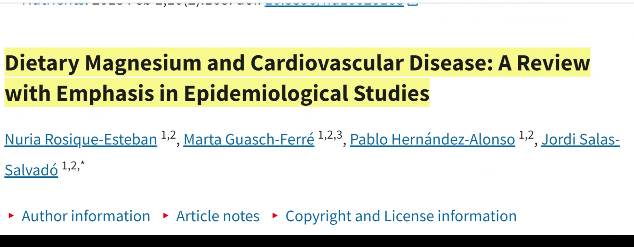
Dietary Magnesium and Cardiovascular Disease: A Review with Emphasis in Epidemiological Studies – PMC: https://pmc.ncbi.nlm.nih.gov/articles/PMC5852744/
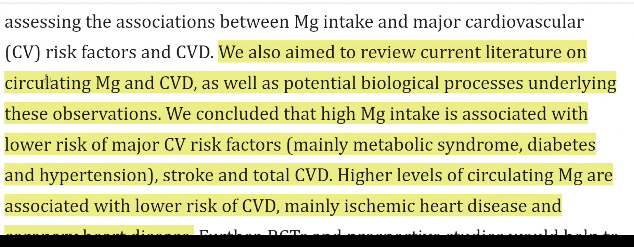
Q&A



Episode 184 Starts Here:

Role of dietary salt and potassium intake in cardiovascular health and disease: a review of the evidence – PubMed: https://pubmed.ncbi.nlm.nih.gov/24001491/


Sodium and Potassium Intake and Cardiovascular Disease in Older People: A Systematic Review – PMC: https://pmc.ncbi.nlm.nih.gov/articles/PMC7697211/


Effect of increased potassium intake on cardiovascular risk factors and disease: systematic review and meta-analyses – PubMed: https://pubmed.ncbi.nlm.nih.gov/23558164/


Potassium and Health – PMC: https://pmc.ncbi.nlm.nih.gov/articles/PMC3650509/#bib1


Zinc and cardiovascular disease – PubMed: https://pubmed.ncbi.nlm.nih.gov/20950764/


Zinc as a Biomarker of Cardiovascular Health – PMC: https://pmc.ncbi.nlm.nih.gov/articles/PMC8360846/


Multifunctional role of zinc in human health: an update – PMC: https://pmc.ncbi.nlm.nih.gov/articles/PMC10539547/


The Impact of Selenium Deficiency on Cardiovascular Function – PMC: https://pmc.ncbi.nlm.nih.gov/articles/PMC8509311/


Selenium status in the body and cardiovascular disease: a systematic review and meta-analysis – PubMed: https://pubmed.ncbi.nlm.nih.gov/32799545/


Selenium and cardiovascular diseases–an update – PubMed: https://pubmed.ncbi.nlm.nih.gov/9315314/


Selenium, antioxidants, cardiovascular disease, and all-cause mortality: a systematic review and meta-analysis of randomized controlled trials – PubMed: https://pubmed.ncbi.nlm.nih.gov/33053149/

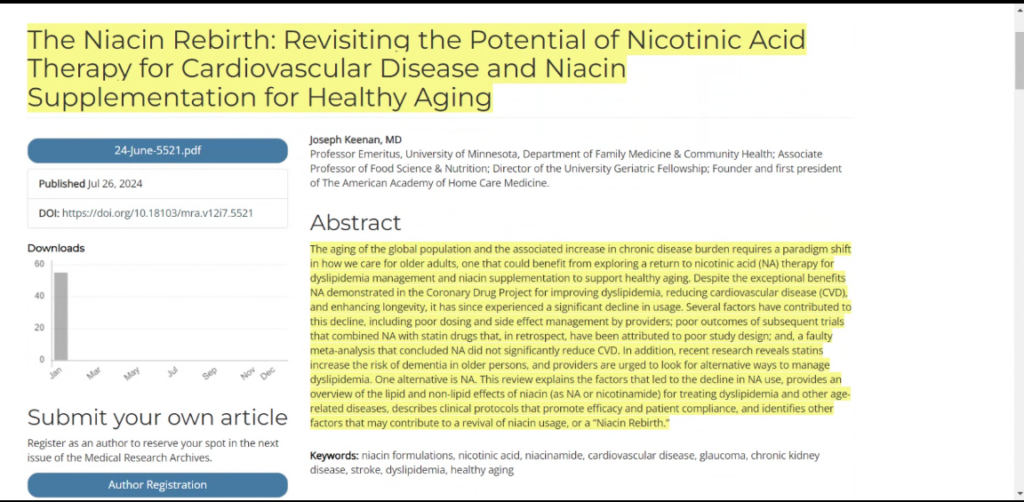
The Niacin Rebirth: Revisiting the Potential of Nicotinic Acid Therapy for Cardiovascular Disease and Niacin Supplementation for Healthy Aging | Medical Research Archives: https://esmed.org/MRA/mra/article/view/5521


Assessment of the Role of Niacin in Managing Cardiovascular Disease Outcomes: A Systematic Review and Meta-analysis | Cardiology | JAMA Network Open | JAMA Network: https://jamanetwork.com/journals/jamanetworkopen/fullarticle/2730481


The current state of niacin in cardiovascular disease prevention: a systematic review and meta-regression – PubMed: https://pubmed.ncbi.nlm.nih.gov/23265337/


Niacin Increases HDL by Reducing Hepatic Expression and Plasma Levels of Cholesteryl Ester Transfer Protein in APOE*3… https://www.ahajournals.org/doi/10.1161/atvbaha.108.171363


Fifteen year mortality in Coronary Drug Project patients: long-term benefit with niacin – PubMed: https://pubmed.ncbi.nlm.nih.gov/3782631/


Antioxidant Potential of Lactoferrin and Its Protective Effect on Health: An Overview – PMC: https://pmc.ncbi.nlm.nih.gov/articles/PMC11719613/


Bovine milk-derived lactoferrin exerts proangiogenic effects in an Src-Akt-eNOS-dependent manner in response to ischemia – PubMed: https://pubmed.ncbi.nlm.nih.gov/23364610/


Lactoferrin attenuates cardiac fibrosis and cardiac remodeling after myocardial infarction via inhibiting mTORC1/S6K signaling pathway – PubMed: https://pubmed.ncbi.nlm.nih.gov/37351157/


Book suggestions:


